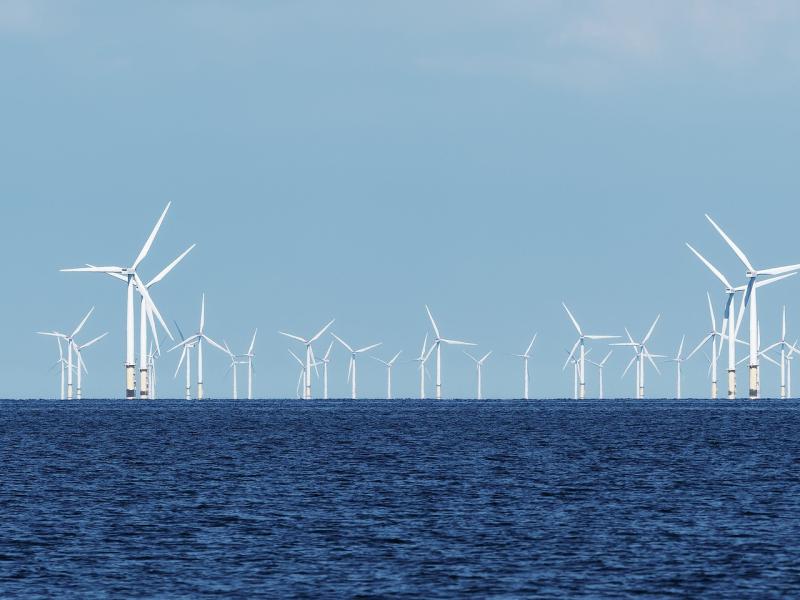
Transmission
Transmission
Moving toward resilient,
continuous operations
Moving toward resilient,
continuous operations
Utilities and other power authorities must assure that electricity supply and demand are continuously balanced across the transmission network to maintain safe and reliable operation. They must also keep disturbances such as equipment failure, natural disasters, solar storms, malicious attacks, and human errors from creating a cascading sequence of events leading to outages, blackouts, and even national security concerns. The increasing complexity of the grid has made transmission operations even more challenging.
The key to a stable grid is resilience—the ability to anticipate, absorb, adapt, and recover rapidly from all hazards. PNNL’s research focuses on technologies and approaches for real-time and high-performance continuous operation.
Recognized expertise
PNNL is widely recognized for its expertise in power system operation, wide-area measurements, demand response, advanced analytic methods, high-performance computing simulations, cybersecurity, and data visualization. PNNL staff have testified before Congress about technical challenges and opportunities for the nation’s grid. A PNNL engineer served on a National Academy committee that published the 2017 congressionally mandated report, “Enhancing the Resiliency of the Nation’s Electric Power Transmission and Distribution System.”
In collaboration with industry and universities, PNNL has helped drive grid transmission research since the 1990s. Since 2007, the laboratory has served in a leadership role in the North American SynchroPhasor Initiative, a joint effort with the Department of Energy (DOE), the Electric Power Research Institute, the North American Electric Reliability Corporation, industry, and academia to help avoid blackouts and reduce costs. By using phasor measurement unit networks to enhance situational awareness, California estimates a $360 million annual savings to customers from avoided outages, plus $90 million of annual savings in improved use of existing power generation and delivery systems. System operators around the country estimate similar benefits.
Since 2014, PNNL has co-led the Grid Modernization Laboratory Consortium (GMLC), a research partnership between DOE and 13 national laboratories to modernize the nation’s energy infrastructure. The consortium is developing the concepts, tools, and technologies to measure, analyze, predict, protect, and control the grid of the future. PNNL also leads or contributes substantially to a majority of this portfolio of projects.
Impact for today and tomorrow
Many PNNL innovations now reside in control rooms and procedures across the country. For example, grid operators use PNNL’s Dynamic Contingency Analysis Tool (DCAT) to see and reinforce weak spots on the grid, thus helping stop cascading power losses or blackouts. PNNL’s Mode Meter tool helps operators understand where to take remedial action when unstable conditions arise. The Shared Perspectives tool allows adjoining electric utilities to see information from different service areas in a combined view, reducing operator response times by up to 40 percent.
Specialized facilities are important for testing new technology and training operators in realistic scenarios. The Electricity Infrastructure Operations Center integrates hardware and software, current grid data, and advanced computation in two functional control rooms. Utilities, government agencies, and universities use this facility for development, integration, validation, testing, and training.
The nation also needs a steady pipeline of qualified experts dedicated to planning, building and operating the modern grid. In response, PNNL and Washington State University launched the WSU-PNNL Advanced Grid Institute in 2018, focusing on research and training to accelerate progress toward a more resilient, reliable, and flexible power grid.

